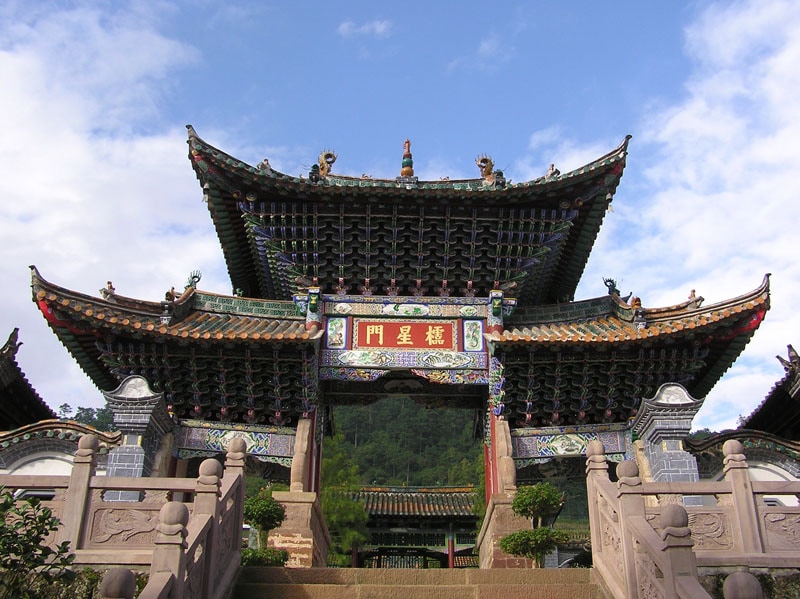Confucius Temple
Removed from Unnamed collection

Source: Alex, Diatomic Tours Images may be subject to copyright. Learn More
Nestled at the base of Yuping Hill, just to the west of Jingdong county seat, lies a hidden gem of history and culture: a temple dating back to the 21st year of the Kangxi Reign in 1682. This architectural marvel is a protected historic relic at the provincial level in Yunnan, and it offers a fascinating glimpse into the past. As you wander through the temple grounds, you can almost feel the whispers of ancient stories echoing through the air. The intricate carvings and serene atmosphere make it a perfect spot for reflection and appreciation of China's rich heritage. If you're keen on exploring the less-trodden paths of history, this temple is a must-visit.

 Alex, Diatomic Tours
Alex, Diatomic Tours  China
China